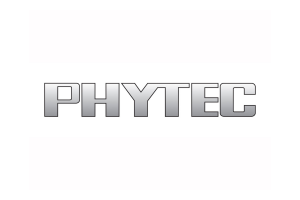For Easy Transport
Toyota Develops Safe Storage for Hydrogen
Toyota's storage module comprises several high-pressure tanks made of multilayer high-tech plastic that store hydrogen at a pressure of 700 bar. A prototype is now being subjected to practical testing off the racetrack as part of motor sport events.
Due to different safety standards and environments, the 700 bar high-pressure tanks for hydrogen developed for vehicles could not be used easily in other areas until now. Car manufacturer Toyota is now remedying this situation with its newly developed hydrogen storage prototype.
In addition to three different storage capacities based on the hydrogen tanks used in the Toyota Mirai, larger tank modules with expanded capacity are also being developed. Regardless of size, all have the safety features familiar from the Mirai. These include a detector and a safety valve that detect or prevent the escape of hydrogen.
These measures guarantee that hydrogen can be stored and transported safely and efficiently, making it possible to refuel fuel cell vehicles and generators even in places that are difficult to access, such as harbours and mountainous regions.
Together with partners, Toyota demonstrates that this is possible in regular verification tests. The hydrogen storage system is also being put to the test in the Japanese Super Taikyu Series near the city of Suzuka. A fuel cell truck with a large-volume 450 bar high-pressure tank system (2x16 tank packages) transports and delivers hydrogen. In this way, Toyota wants to prove the reliability and safety of the tanks, which have so far only been approved for use in automobiles.







